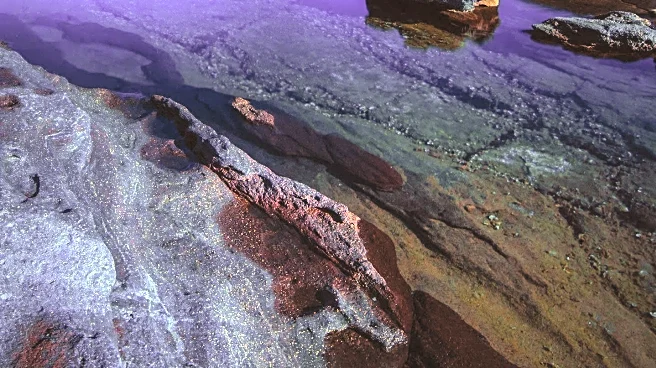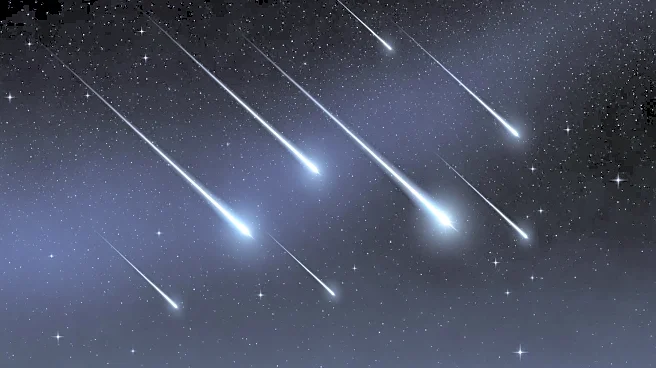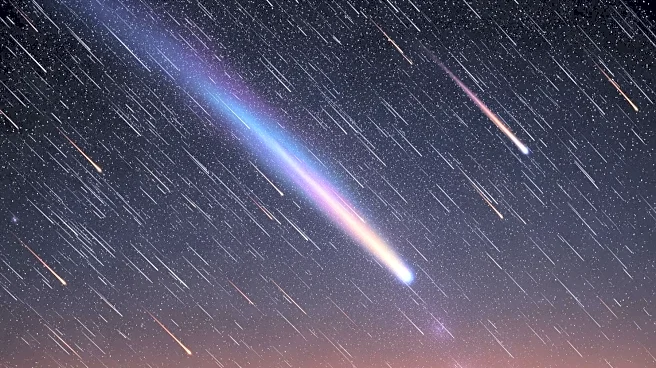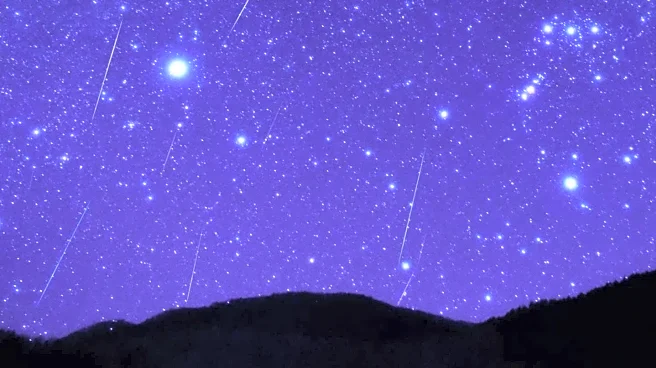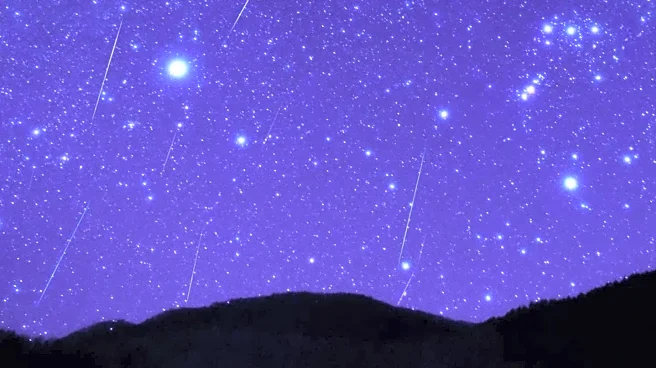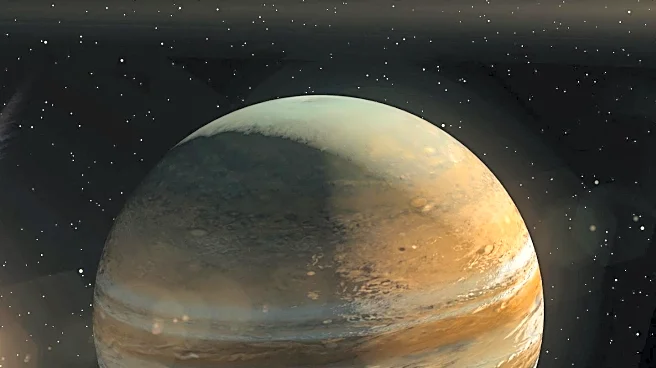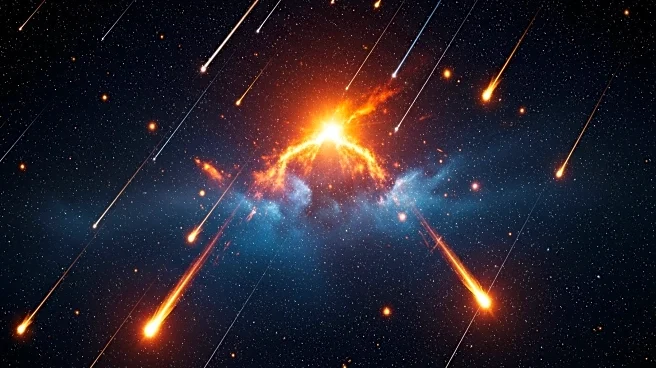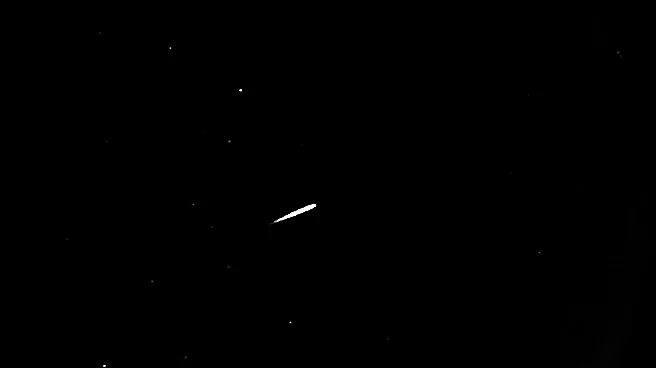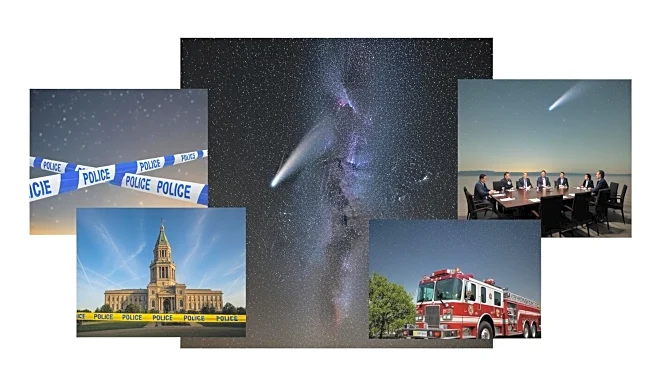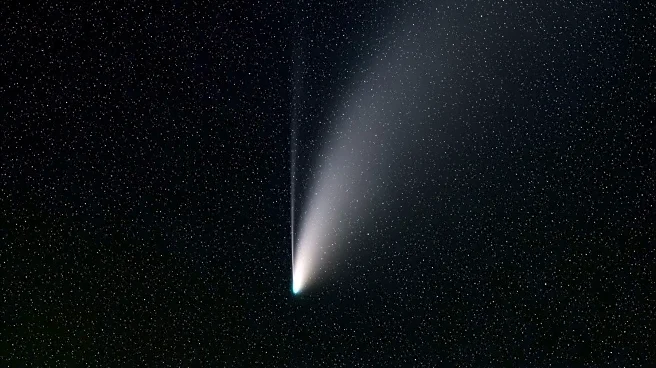What's Happening?
The northern and southern Taurid meteor showers are set to peak in November, providing a celestial spectacle visible to the naked eye. According to the American Meteor Society, the northern Taurids will
be active from October 20 to December 20, peaking between November 9 and 12. The southern Taurids, which began on September 10, will peak on November 3 and 4. These meteor showers are known for producing larger meteors, which can survive longer as they pass through Earth's atmosphere. The Orionid meteor shower, another significant event, will peak on the night of October 22-23, 2025, offering up to 50-75 meteors per hour. The best viewing conditions are in dark locations, away from city lights, where observers can allow their eyes to adjust to the darkness for optimal viewing.
Why It's Important?
Meteor showers like the Taurids and Orionids provide an opportunity for both amateur and professional astronomers to observe and study celestial phenomena. These events are not only a source of wonder and inspiration but also offer insights into the composition and behavior of meteoroids as they interact with Earth's atmosphere. For the general public, these meteor showers are a chance to engage with astronomy and appreciate the natural beauty of the night sky. The increased visibility of meteors during these peaks can also boost interest in space science and education, encouraging more people to explore the field.
What's Next?
As the peak dates approach, astronomers and enthusiasts will prepare for optimal viewing conditions, setting up telescopes and cameras to capture the events. Public observatories and astronomy clubs may organize viewing parties and educational events to engage the community. The meteor showers also provide an opportunity for scientific research, as data collected during these events can contribute to our understanding of meteoroid origins and trajectories. Additionally, the visibility of these showers may inspire future generations to pursue careers in astronomy and related sciences.
